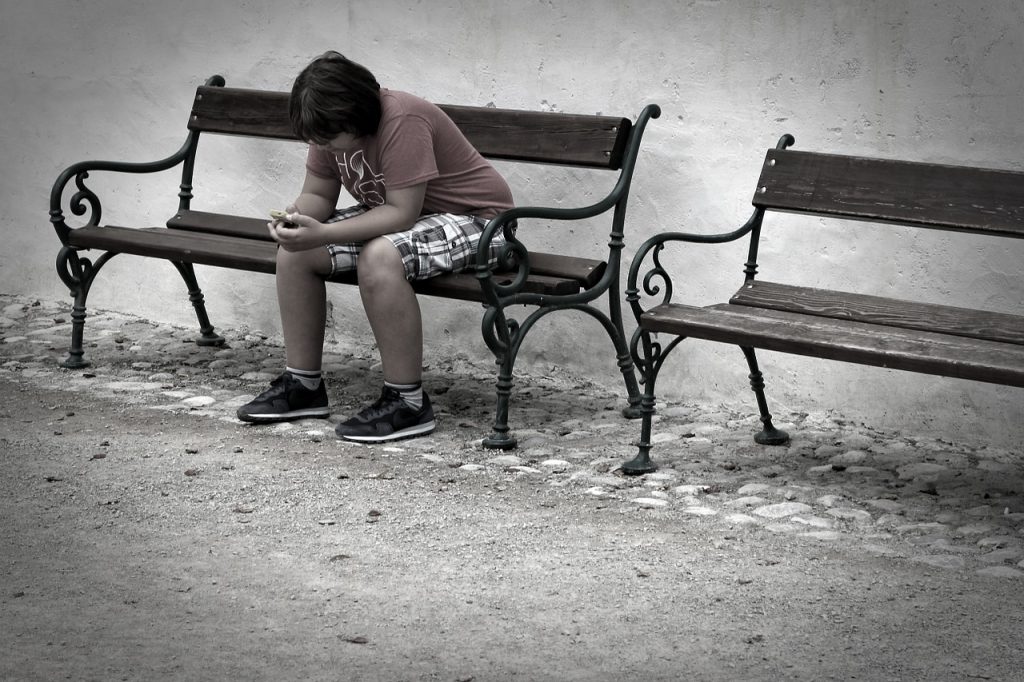My son came up to me yesterday and said: “Dad, I want you to know. My classmate wanted to share with me some clip from YouTube. But it was bad and I didn’t want to watch it. I refused. And, you know, I would never choose to watch it”.
I was proud of my son of course, I love that he wants to share that with me. But I was also concerned. Of course, I could solve this problem immediately with the help of the parental control app on his phone, but at the same time I want him to be able to make his own decisions, to learn from his mistakes and successes. I don’t want to create a burden of responsibility too hard for him to carry. But I do want him to choose responsibly what he’ll watch. I also want to make his sessions on YouTube safe so that the choice he has to make isn’t too difficult for him. How can we make sure we’re protecting our kids while leaving them room to grow?
Step by step
At first, parents simply make their children’s decisions for them. And that’s ok.
But as children grow up adults begin to direct their actions so that the kids themselves learn to make a choice. In the beginning the process is based mainly on examples and simple explanations. Parents of a young child are strongly obliged to provide safety for their kids and take care of their health.
But when the child begins to walk and talk independently, the parents’ task becomes more and more complicated. Now adults have to establish some rules and explain to the child what’s good and what’s bad.
Preschoolers can already control their behaviour to some extent. They can make a more or less conscious choice and don’t just react instinctively. At this stage children can learn that their decisions have consequences and they should make decisions taking into account their circumstances. If we want them to develop this ability during their tween and teen years we as parents have to provide a clear structure, guidance, parental control and support.
Structure, parental control and support
There are three key components of this structure:
- Cause-and-effect thinking (we encourage children to anticipate the consequences of their actions to help them form a basis for their decisions)
- Use of clear and constant rules
- The most important part is parental involvement in the kid’s life
In my own case I use Kidslox parental controls to set a limit for my son’s screen time and use YouTube’s ‘Restricted’ (parental control) mode. But I allow him to choose what he wants to watch. And I try to discuss with him his preferences, to encourage the right choice and the ability to set limits for himself.
Some tips for parents
How can we decide where the boundaries are though? When should we let them choose and when should we make the choice ourselves? It might help to ask ourselves a few questions when we’re making these decisions about how to create a safe environment for our kids. For example:
- Did I do the same thing or something similar myself at their age? If so, what came of it?
- What are the risks? (ie. what will be the result if they make a bad choice? Will they recognise that it was a bad choice? Immediately or over time?)
- Is there an age they could reach or a sign of maturity they could give at which I’d be willing to let them do this thing? If so, what is it?
Finally, accept your own imperfections and the imperfections of your children. Don’t force your child live in a world of “perfect” adults that always know exactly what’s “best” for them without allowing them to make their own choices, enjoy their own success or learn from their own mistakes.
Eventually, we all have a need to grow.





